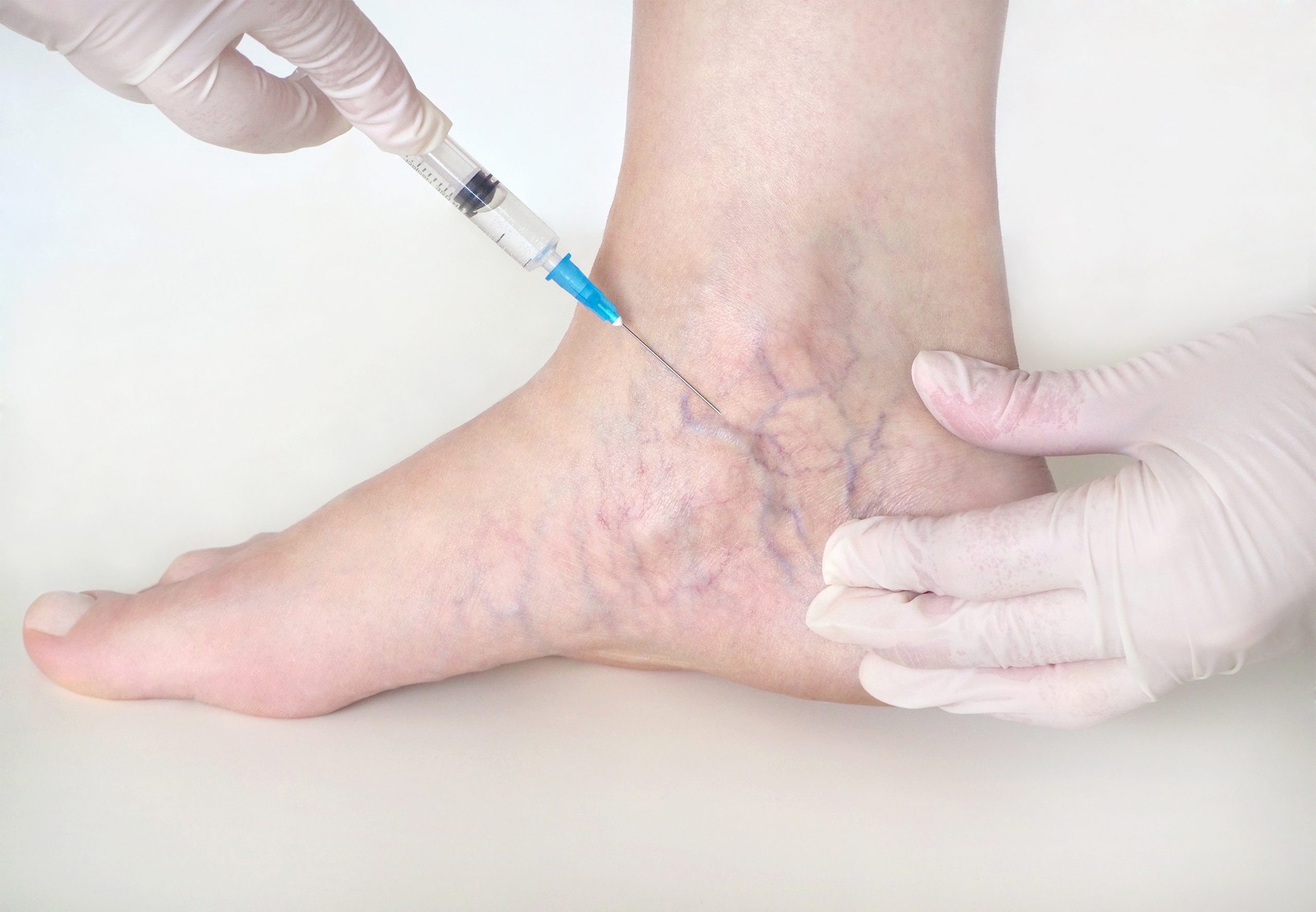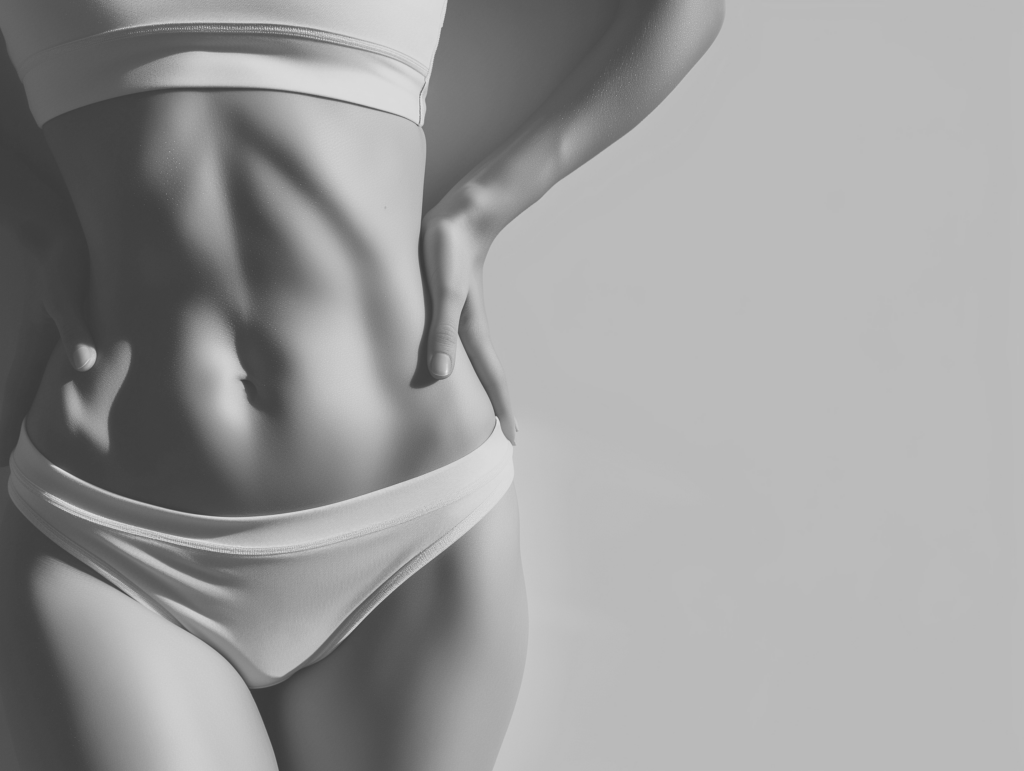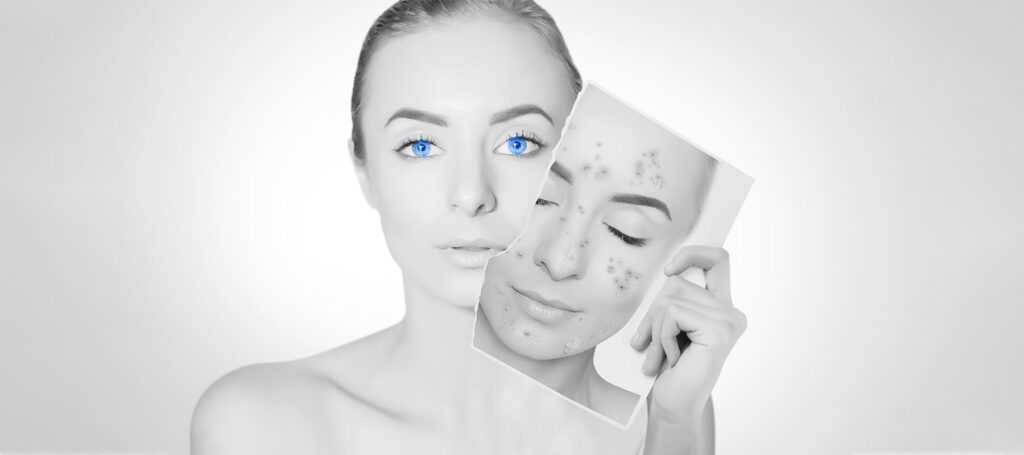Possible Side Effects Of Sclerotherapy You Should Know
Sclerotherapy is a treatment commonly used in treating varicose veins and spider veins. The treatment is quick and minimally invasive, which involves injecting a chemical known as a sclerosing agent into the veins.
The direct injection of the chemical to the affected veins causes the walls to seal shut, restricting the blood from passing through and forcing them to redirect to healthier veins. The broken veins will then be absorbed by the local tissue and eventually dissolve.
Sclerotherapy is mainly used to reduce the appearance of varicose and spider vein that commonly shows up at the lower back leg. This treatment also improves various symptoms such as pain, aches, swelling, and muscle cramps.
Conditions That Sclerotherapy Treats
Varicose and spider vein are the most common condition that Sclerotherapy treats. It usually appears on the legs and feet. The unpleasant appearance of varicose and spider veins causes people with the condition to lose confidence.
The affected veins have weak vein walls that cause them to swell and look unlikely. The veins are raised, swollen, and usually appear discoloured (red, purple, blue). Symptoms of this condition can come along with pain and occasional spasm, mostly at night.
Aside from varicose and spider veins, Sclerotherapy also helps treat conditions as Malformed lymph vessels, Hemorrhoids, and Hydroceles.
● Malformed lymph vessels – A lymphatic malformation is a group of irregular lymph vessels that form benign (noncancerous) cysts. The injected solution on the malformed lymph vessels causes scarring within, which causes it to diminish and collapse gradually.
● Hemorrhoids – Also called piles, Hemorrhoids are similar to the varicose veins. Only the swollen veins are located at the lowest part of the rectum and anus. Sclerotherapy for Hemorrhoids has a 70% success rate, and results usually take place 7 to 10 days after the treatment.
● Hydroceles – Hydroceles are swelling in the scrotum. It is common to newborn babies but disappears typically on its own when the newborn turns one. Men ages 40 and above are also prone to this condition.
Areas Of The Body That Sclerotherapy Can Treat
Sclerotherapy is usually used in the legs and feet, where varicose veins typically develop.
Sclerotherapy can be used in other areas of the body depending on the location and size of the affected veins.
● thighs
● calves
● ankles
● feet
● face (Other options may be available depending on the evaluation of your practitioner)
● anus (for the treatment of Hemorrhoids)
Safety And Recovery Time
The appearance of a varicose vein in the skin can be bothersome for the patient. Aside from the visible symptom of varicose vein, a patient should consider going to the practitioner when the following other symptoms take place:
● Painful veins
● Legs are swollen and heavy
● The skin on the legs and feet are dry
● Rashes near the vein appear
Sclerotherapy is safe outpatient therapy, which means that the practitioner can do the procedure in the office without requiring the patient to be admitted to a hospital. It is quick and minimally invasive compare to other surgical options. However, Sclerotherapy will usually require multiple treatments before the varicose and spider veins are completely removed. If the treatment does not work, a surgical procedure is the next best option.
The recovery time for the treatment is minimal to none depends on how the body reacts to the sclerosing agent. After the treatment, most patients can resume their normal activities but with restrictions on heavy duties. In most cases, the practitioner will advise the patient to wear stockings or compression socks that should be worn for the first 24 hours after the treatment. In the following few days, the compression socks should be worn during the day and removed during the night.
For discomfort and pain, Tylenol is usually prescribed as pain medicine after Sclerotherapy. Since each patient and cases are unique, it is best to seek your practitioner’s official prescription and instruction during the recovery time.
Experts point out that moving around and staying active during the recovery time is essential to avoid the risk of a blood clot and maximize Sclerotherapy’s effect.
Risks And Side Effects Of Sclerotherapy
No matter how safe it is, all medicine and therapy have accompanying possible side effects and risks. Before considering Sclerotherapy, you should know the possible side effects you may experience after the treatment.
Minor stinging and cramping on the site of the injection are normal. It is meant to go away on its own. Other common side effects that a patient may experience after the treatment are listed below. However, it is essential to note that not all symptoms are bound to occur at once and are expected to fade away after a while.
● Stinging and burning sensation on the injection site
● Bruising
● Swelling
● Discoloration around the injection site
Other symptoms are more severe. If the symptoms persist more prolonged, the patient should keep in touch with the practitioner to manage the side effects with proper medication.
● Allergic reaction (If you are allergic to the sclerosing agent
● Skin lesion around the injection area
● Blood clot formation
● Inflammation
How To Prepare For The Treatment
For a safe, successful treatment, the patient should start by having a consultation with an experienced and professional practitioner. Tara Delle Chiaie and her team are highly trained providers with years of experience in medicine.
The practitioner may advise the patient to avoid taking medications such as ibuprofen and aspirin a few days before the treatment to lessen the risk of developing bruises and swells. It will also be a good idea to prepare compression socks or stockings before the treatment. The patient will most likely use it after the treatment.
Side effects and risks accompanying the therapy can be minimized on the hands and supervision of a professional practitioner. Symptoms should be managed with proper care and medication that is appropriate to each patient’s case. And since that Sclerotherapy may require multiple treatments, a good plan for the upcoming session would be practical. Delle Chiaie Cosmetic Medicine will help patients manage side effects, feel comfortable after the treatment, devise a suitable plan, and schedule a complete Sclerotherapy to achieve the best result.



